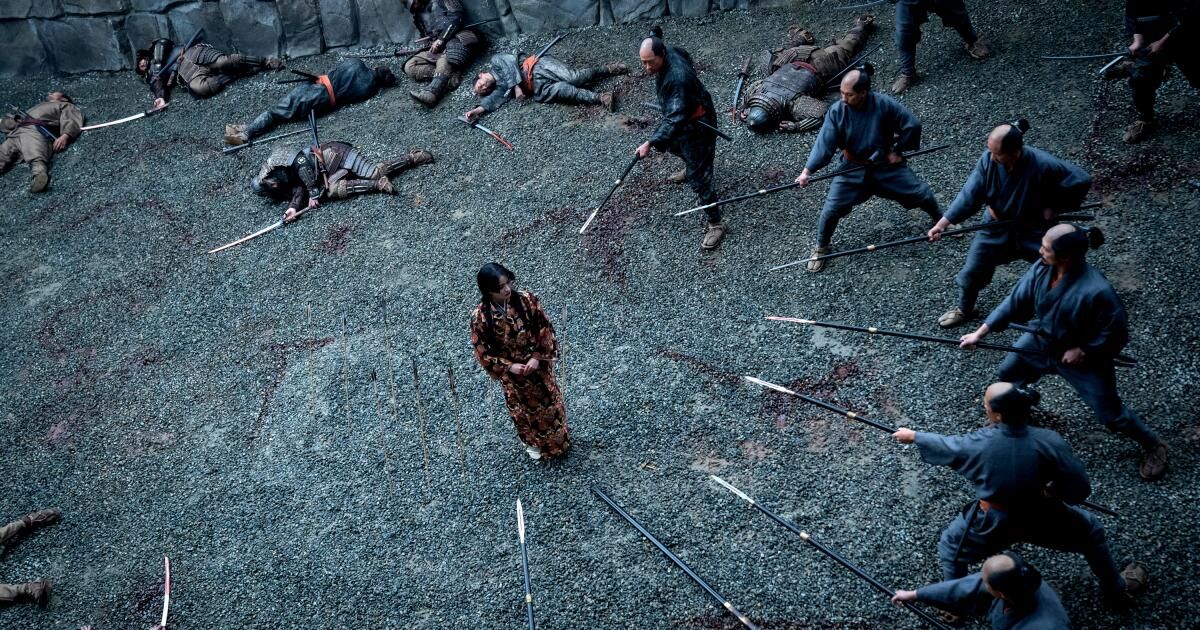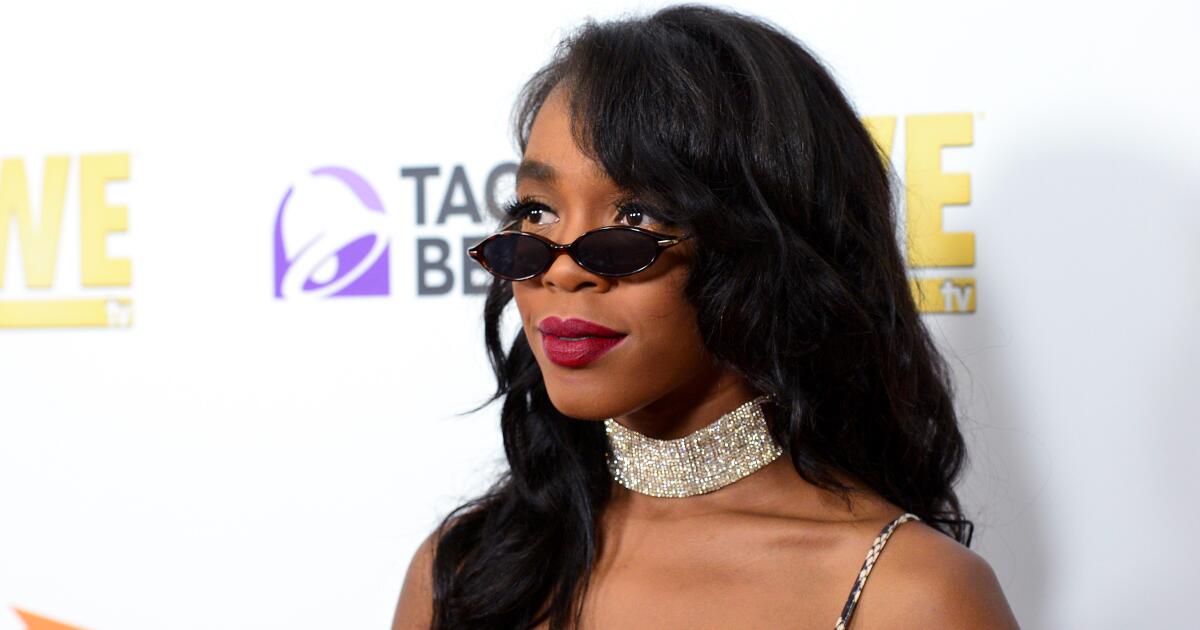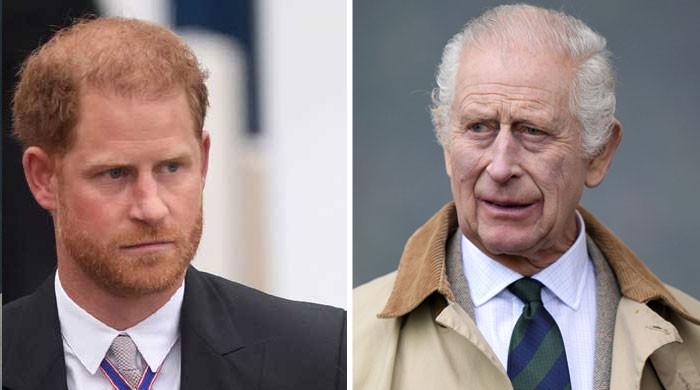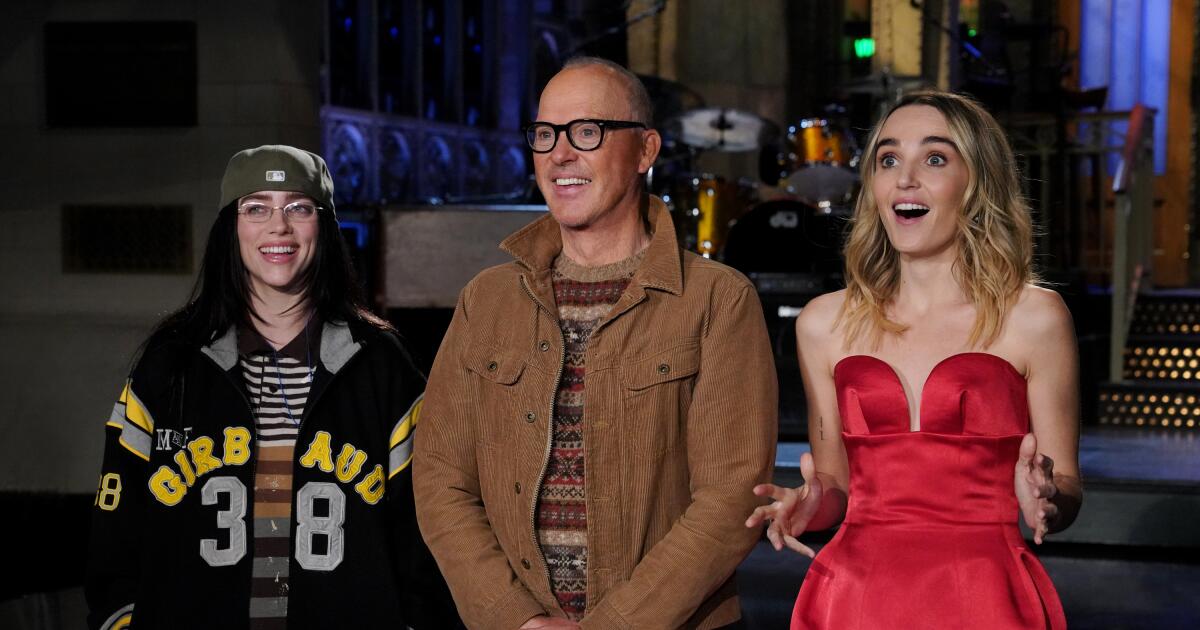“We made this Lady Mariko's [Anna Sawai] “She becomes the center of attention, and in every scene she appears in, the perspective is always twisted in her direction,” says “Shōgun” cinematographer Sam McCurdy of the climactic chapter “Crimson Sky.” “She becomes the center of attention, and in every scene she appears in, the perspective is always twisted in her direction.” The dramatic scene in which Mariko attempts to leave Osaka Castle with a group of advisers taken hostage inside shows her slowly advancing along the pebble path beneath her feet. Arrows fall beside her, warning her not to go any further, but she keeps going — a sign of the character’s relentless strength. “When she tries to leave, we tried to place the camera at the center of the story,” he says. “So it provided us with insight into how we could prepare in terms of equipment, lenses and when we photographed things from a distance.” Shallow focus and wide anamorphic lenses reinforce Mariko as a subject, while panoramic aerial shots provide scope and scale. “If she wasn’t in the frame, the camera was always taking her perspective so everyone was coming at us,” McCurdy notes. Eventually, Mariko is surrounded by guards as she tries to fight them off, only to finally collapse from exhaustion amid the falling arrows — a visual motif of Mariko’s death wish.











